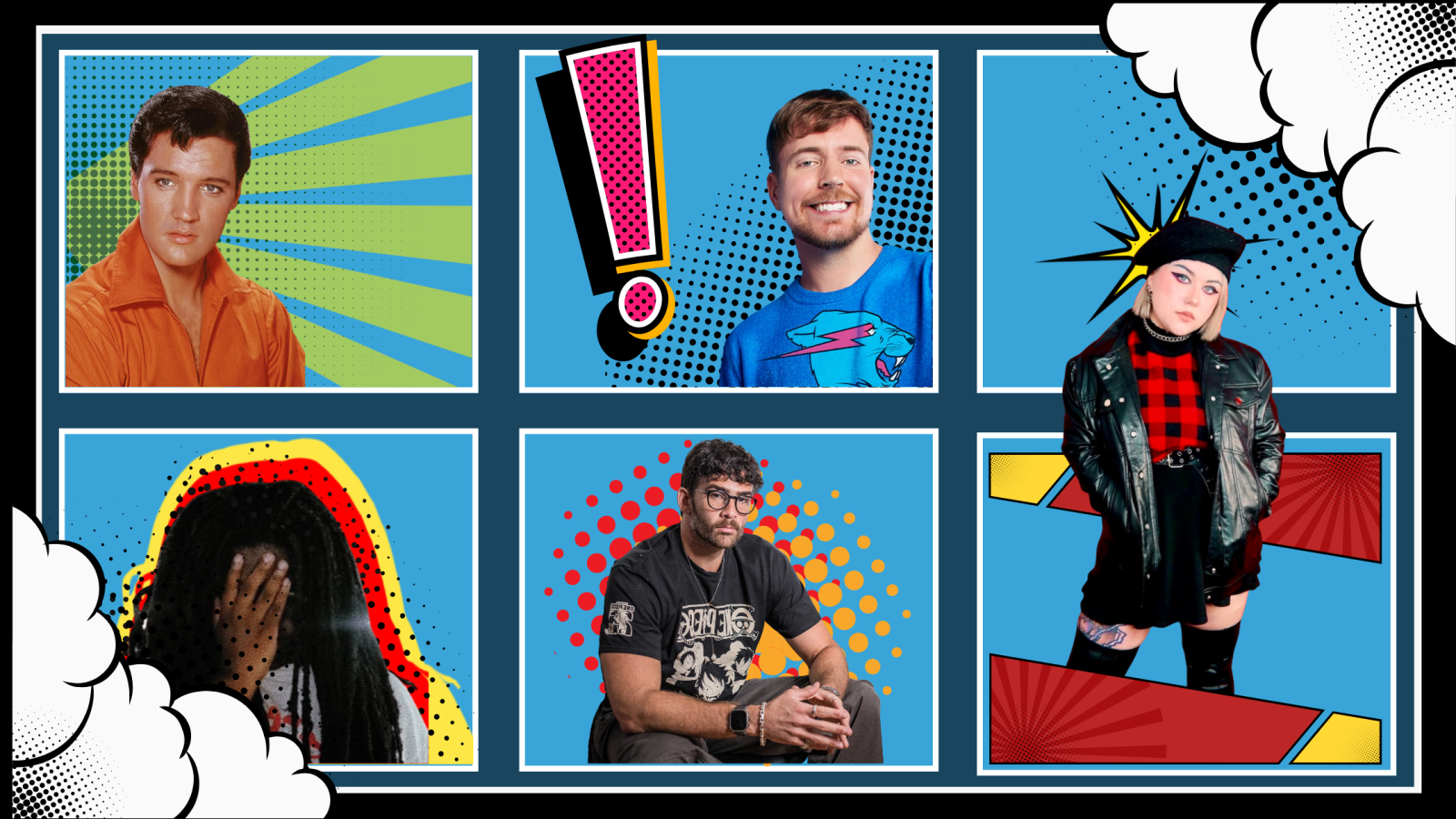Forget catalogue; creators are the new valuable IP


The value of entertainment catalogue and content has shifted over the last decade. Licensing usage and distribution used to underpin the system, but challenges arose as digital consumption became the default.
In the era of Netflix, users have grown accustomed to hyper-simplified access: pay a monthly fee and have access to content from around the world. Content proliferated, and discovery became seamless. Value became less about the old library, and more about the next show.
Social media has upended this even further. The youngest digital natives are used to consuming everything through YouTube, TikTok, and Instagram, competing for time with traditional streaming services. The assumptions around discovery on these platforms is being called into question as actual follow-through to other platforms becomes less prominent. Content simply adds value to the platform it is first seen on, rather than becoming a core part of a new cultural moment.
To keep pace with the algorithm and the number of creators contributing to it, creators of all types are pressured into semi-constant output. This results in an unprecedented amount of content being delivered at unprecedented speed. There is always something new, so old stops being important. Instead, it is the creator themselves that becomes the value proposition.
Creators as IP
This isn’t necessarily a new phenomenon. Elvis Presley, The Beatles, Quentin Tarantino – each holds their own brand value that precedes anything of theirs you might watch or listen to. However, their value is still based on the art they create. You couldn’t separate Elvis from his music, or Tarantino from his films.
This is no longer entirely true for creators today. MrBeast is the centre of his own content solar system. While his challenge videos are key to the distribution of this brand, younger consumers may only know him for Feastibles, or recipients of his outreach projects that may never have seen his channel on YouTube.
Featured Report
MIDiA Research 2025–2031 music creator tools forecasts AI comes to town
This music creator tools forecasts report acts as a companion piece to MIDiA’s report “State of music creator economy: AI’s growing reach ” . This report provides analysis, market sizing, and forecasts for users and revenues for music creator tools revenues across the following categories: Software and services DAWs Music software (plug-ins...
Find out more…Hasan Piker has bounced from news network to podcasts to Twitch; his stream-of-consciousness reporting and his personal brand are the value driving his viewers to return. TikTok creator Stanzi Potenza may have had a breakout moment due to a few viral skits, but her fans follow her comedy across the characters she plays.
More explicit examples come from the mouths of creators themselves. Niche artist Black Dave MK2 describes a shift, where his audiences seem interested in following him across projects – be it a new album, visual art, or forays into the NFT and crypto world, rather than focusing on any one in particular.
Follow the money
Rumours of MrBeast selling his catalogue were quickly dispelled and wouldn’t have made much sense in the first place. His audiences want to see what he is doing next, not rewatch what he’s already done. Instead, Amazon brought him on to build a new TV show. On the smaller scale, there are emerging investment arms looking at creators themselves. Electrify offers to help creators scale up, step back, or sell their channels entirely. United Talent agency offers a range of services and partnership options, as creators need more than just representation. The Slow Creator Fund offers seed capital to creators directly, treating them more like startups than traditional celebrity or media talent.
In many ways, creators increasingly do behave like individual start-ups; they grow their brand using social content as marketing and product, then often develop independent businesses around that core identity. Be it Emma Chamberlain’s coffee brand, or Mrs. Hinch’s cleaning supply and book deal, a huge part of a creator’s career involves bridging the gap between virtual engagement and reality – where products and performances turn into a real business.
The difference for this new genre of startup is just that they’re working backwards: starting from the marketing and building products from there, rather than the other way around.
The creator’s path to success is an evolving one. Our latest report, “Creators as IP | A 'personal brand' is an investment opportunity” dives into the details of the challenges creators face, as well as how larger brands, companies, and investors can best identify and support them. You can find the full report here.

The discussion around this post has not yet got started, be the first to add an opinion.